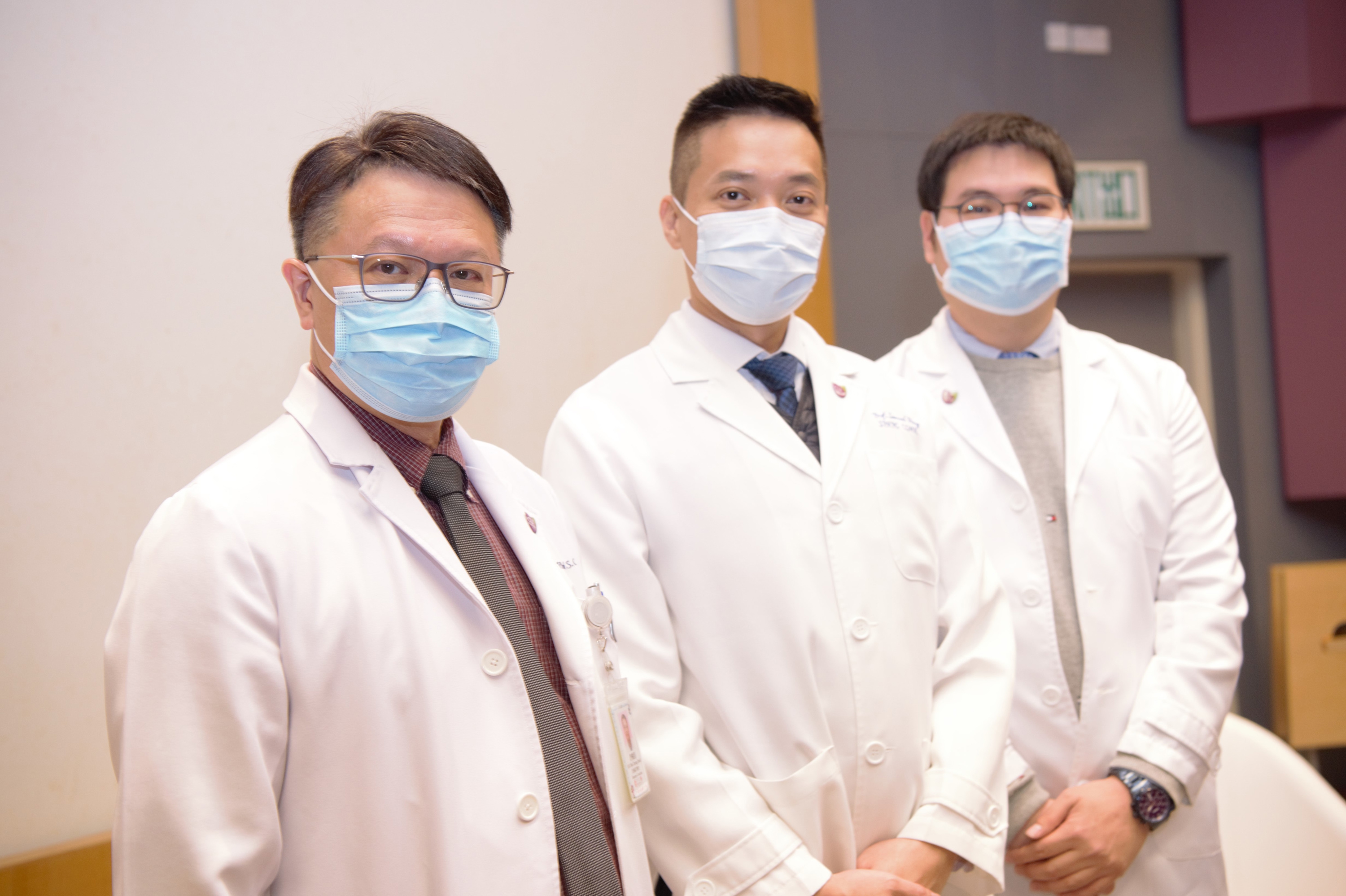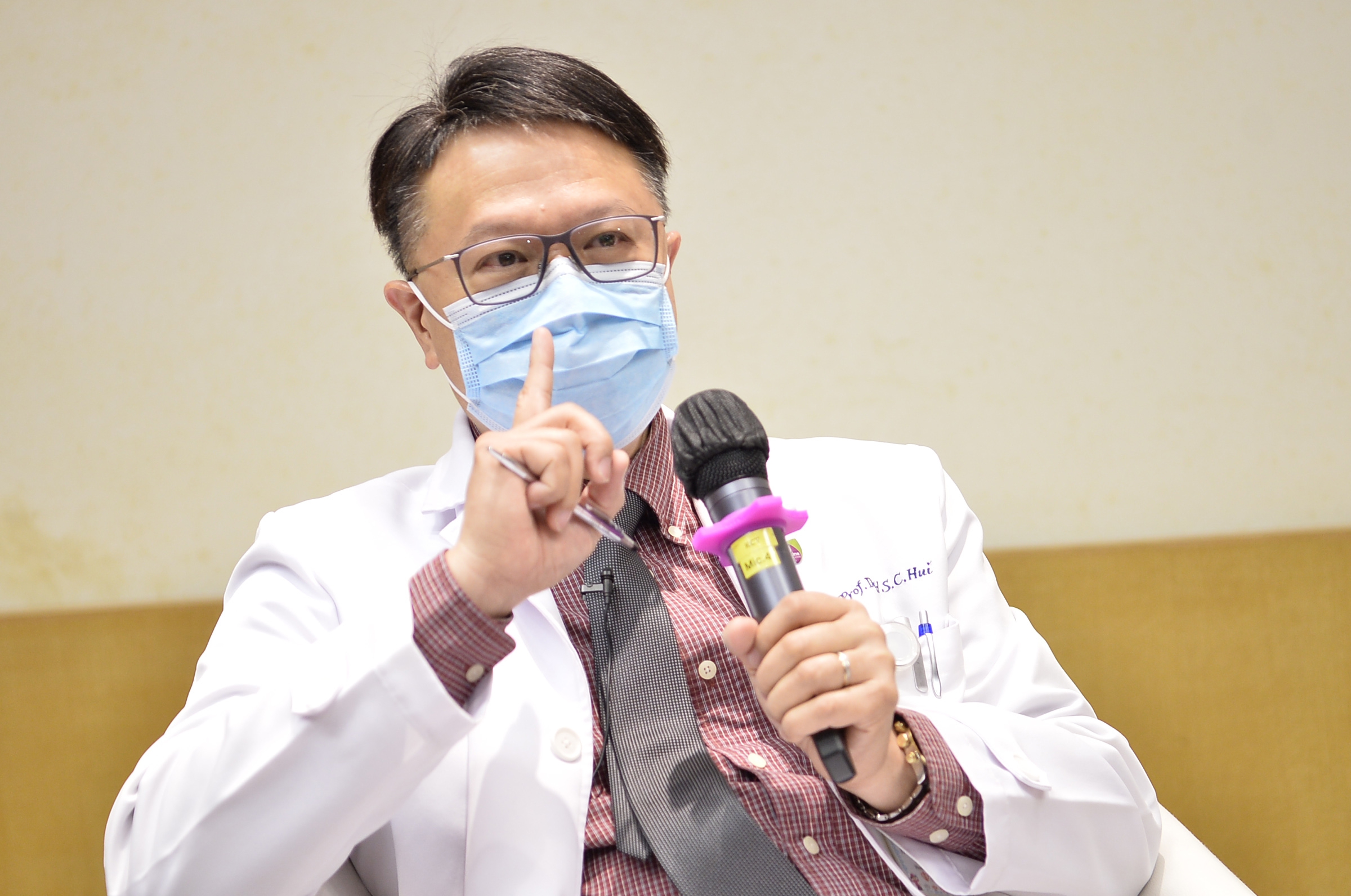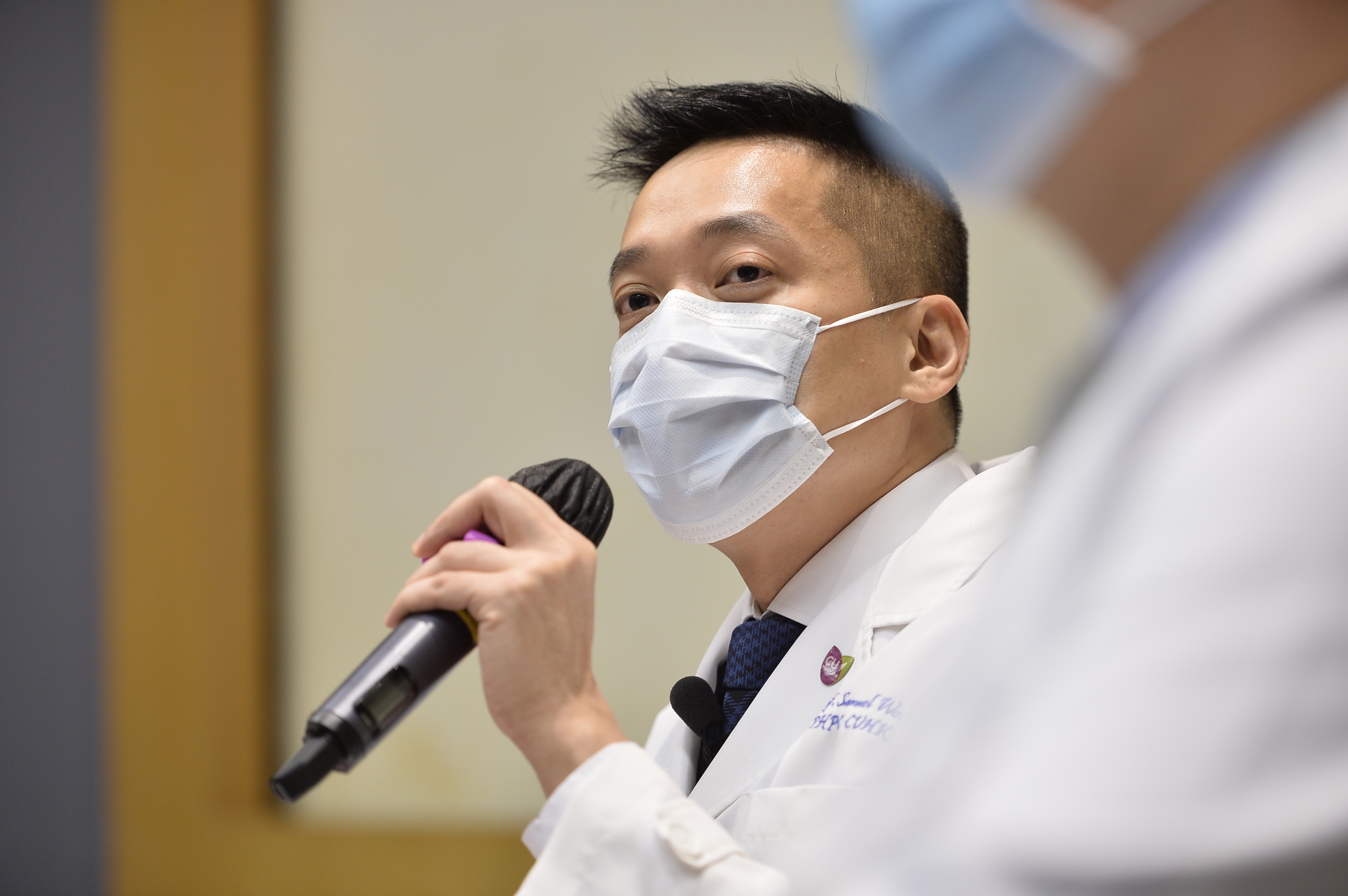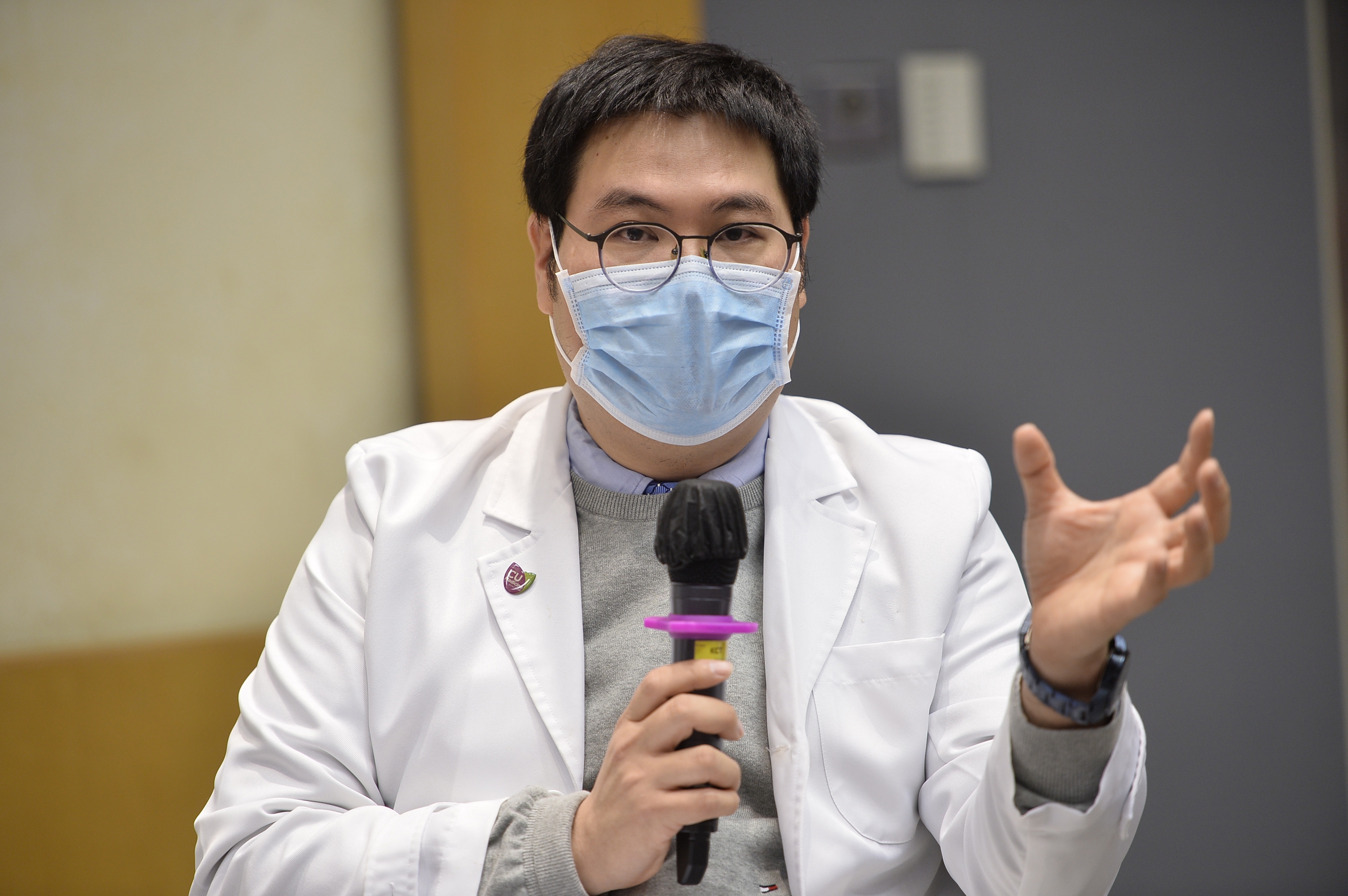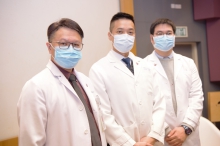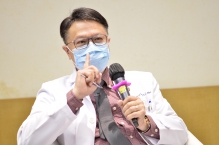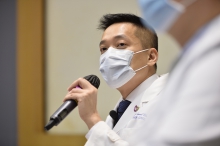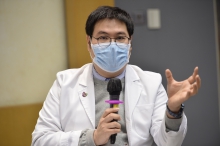CUHK
News Centre
CU Medicine Announces the Community Response Study Results During the Early Phase of the COVID-19 Outbreak in Hong Kong
The novel coronavirus COVID-19 worries people around the world as more cases have been reported. In order to provide insights into the epidemic control, the Faculty of Medicine at The Chinese University of Hong Kong (CU Medicine) has been working on several studies on the outbreak, including community studies. The Jockey Club School of Public Health and Primary Care under the Faculty launched an online survey within 36 hours after confirmed COVID-19 cases were first reported in Hong Kong. The research team has conducted the survey with over 1,000 residents in town and collected information which investigate public’s risk perception and psychobehavioral responses. Results showed majority has difficulty to adopt social distancing.
Besides, researchers analysed the confirmed local cases and discovered that a number of the infected had not received a diagnosis until several visits to the doctor and tests, which has much increased the risk of a community spread.
Back in late December 2019, a cluster of pneumonia cases associated with COVID-19 with a common link to the Huanan Seafood Wholesale Market were reported. And soon after the first global incidence was confirmed in Thailand on 12 January 2020, new cases were reported in different countries and cities, including Hong Kong. In Hong Kong, the number of confirmed cases has risen to 60 on 17 February 2020, 11:59pm since the first local detection on 23 January 2020. The city has adopted interventions to slow transmission, such as suspension of classes, temporary closure of public facilities like libraries and arenas, also initiating home-office arrangement.
Online survey investigated the risk perception and psychobehavioral responses of over a thousand residents in town
To investigate the risk perception and psychobehavioral responses of the general public towards the outbreak, The Jockey Club School of Public Health and Primary Care conducted an online survey from 24January 2020 to 5 February 2020 and completed data analysis from 1,168 respondents. Below are the main findings:
1. Risk perception
- Responses indicated the public has a high perceived susceptibility (88%) which they think may have a high chance of being infected; and high perceived severity (98%) over the novel coronavirus.
- 98% of respondents were worried about the outbreak. The anxiety level, measured by the Hospital Anxiety and Depression Scale, was borderline abnormal (8.82). (Generally speaking, 7 or below = Normal; 8-10 = Borderline abnormal; 11-21 = Abnormal).
2. Information sources
- Nearly all respondents (99.5%) were alert to the disease progression and actively searched for related information, such as number of confirmed cases and treatments (over 80%). The most trusted information sources were doctors (85%) and broadcast (56%).
3. Preventive measures
- About 90% of respondents have enhanced personal hygiene practices, including wearing masks, cleaning hands and better coughing and sneezing etiquette and avoid travelling to Mainland China.
- For social-distancing precautionary measures, e.g. restricting mass gatherings, staying at home, avoid taking public transportation, although they were considered useful in preventing COVID-19, only 36%-86% of respondents actually adopted them.
Professor Samuel Yeung Shan WONG, Deputy Director, The Jockey Club School of Public Health and Primary Care of CU Medicine, remarked, “Different parties have been working around the clock looking into the path of transmission and treatment of this novel coronavirus, but we would like to stress that timely psycho-behavioral assessment of the community is useful to inform subsequent interventions and risk communication strategies as the epidemic progresses. As such, this survey suggested the public shall further adopt social distancing as to lower the risk of infection.”
Analysis on local cases revealed longer and longer duration of containment delay
The team conducted another research to analyse the first 56 confirmed COVID-19 local cases based on the publicly available data released by Centre for Health Protection (CHP) under the Department of Health in Hong Kong. Data includes the demographic and epidemiological information, such as patients’ sources of infection, numbers of close contacts, the period of time from the first symptom onset to isolation, etc. Results showed over 90% of the cases had a delay from symptom onset to isolation, of around 6 days in average, 14 days in the worst case. The recent cases have shown a more serious problem of delayed diagnosis, and most patients had sought medical assistance more than once before diagnosis was made.
Professor Kin On KWOK, Assistant Professor, The Jockey Club School of Public Health and Primary Care of CU Medicine, suggested, “COVID-19 patients showed rather mild symptoms at onset which may lead to delayed diagnosis and isolation, and increase the risk of transmission to close contacts and in the hospitals. Hence, if more cases with unknown sources are identified, the government may have to consider more drastic approaches on social distancing including the closure of malls and public services. General public shall also strictly adopt social distancing measures, e.g. to avoid mass gathering and to reduce social gatherings. This is in fact an effective precautionary measure which all of us can adopt.”
Professor David Shu Cheong HUI, Chairman of Department of Medicine and Therapeutics and Stanley Ho Professor of Respiratory Medicine at CU Medicine, reminded that the public shall stay alert on the epidemic. He remarked, “COVID-19 can spread at a more rapid rate than SARS. The viral load of patients with the novel coronavirus reaches the peak on the second or third day after onset which means it is highly infectious at the early stage and that is why family groups are more vulnerable. Considering the incubation period is about 14 days, we have to observe at least double the time of incubation period in case of any new cases before we say the epidemic is under control.”
In order to provide insights into the COVID-19 epidemic control, CU Medicine has been working on several studies on the outbreak, including community studies such as risk perception, psycho-behavioral responses and epidemiological analysis. (From left) Prof. David HUI, Chairman of the Department of Medicine and Therapeutics at CU Medicine; Prof. Samuel WONG, Deputy Director and Prof. Kin On KWOK, Assistant Professor, of The Jockey Club School of Public Health and Primary Care at CU Medicine.
Prof. David HUI states that private doctors and public hospitals can use blood tests to early diagnose patients with persistent upper respiratory tract infection symptoms and fever if they have been infected with viral pneumonia.
Prof. Samuel WONG stresses that timely psycho-behavioral assessment of the community is useful to inform subsequent interventions and risk communication strategies as the epidemic progresses. For example, the survey conducted by The Jockey Club School of Public Health and Primary Care at CU Medicine suggested the public should further adopt social distancing so to lower the risk of infection.


